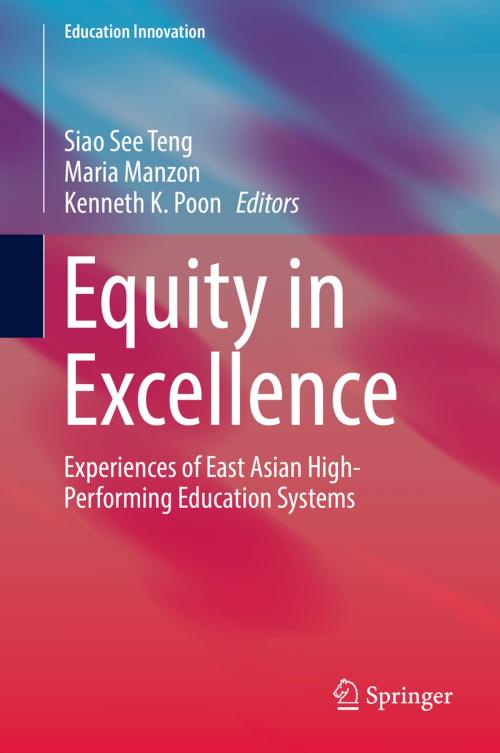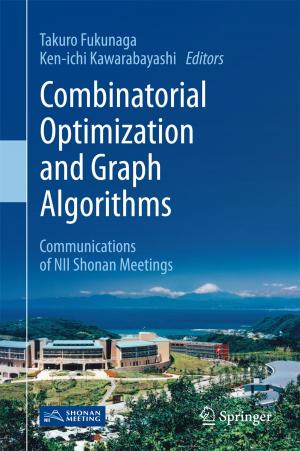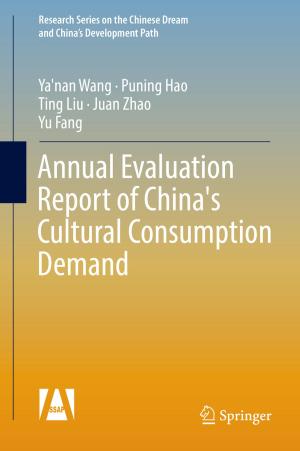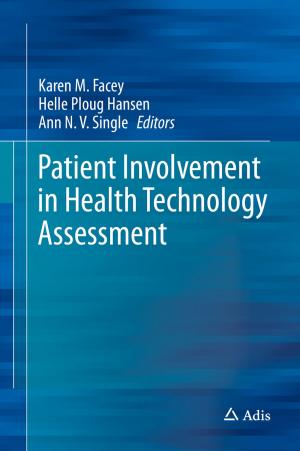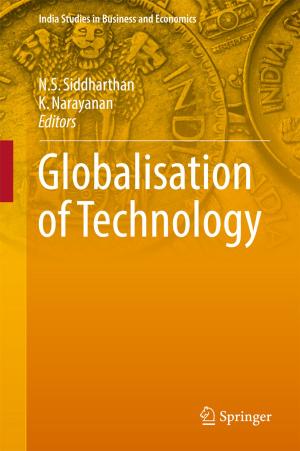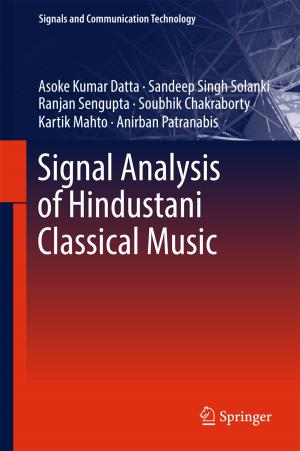Equity in Excellence
Experiences of East Asian High-Performing Education Systems
Nonfiction, Reference & Language, Education & Teaching, Educational Theory, Educational Reform, Philosophy & Social Aspects| Author: | ISBN: | 9789811329753 | |
| Publisher: | Springer Singapore | Publication: | December 20, 2018 |
| Imprint: | Springer | Language: | English |
| Author: | |
| ISBN: | 9789811329753 |
| Publisher: | Springer Singapore |
| Publication: | December 20, 2018 |
| Imprint: | Springer |
| Language: | English |
This book offers a comprehensive picture of high-performing East Asian education systems, beyond their outstanding achievements in international assessments, such as PISA and TIMSS. Situating “excellence” within discussions of “equity”, it contextualises the conceptions and pursuits of equity amid the development of education systems, policy and curricula in selected East Asian societies. While parallels could be observed across the systems, including high-stakes assessment culture, increasing credentialism and high investment of family educational resources, there are also divergences in approaches and outcomes relating to equity policies and practices. In light of the challenges presented by low fertility rates, ageing populations, migration, and the economic demands of the 21st century, the book addresses these systems’ attempts to cater to further diversified student populations and maintain equity in excellence. As the international community relentlessly seeks to enhance equity in education, there is much these East Asian education systems can share. This book has appeal internationally to researchers, policymakers, educators, and anyone interested in East Asian education and equity.
This book offers a comprehensive picture of high-performing East Asian education systems, beyond their outstanding achievements in international assessments, such as PISA and TIMSS. Situating “excellence” within discussions of “equity”, it contextualises the conceptions and pursuits of equity amid the development of education systems, policy and curricula in selected East Asian societies. While parallels could be observed across the systems, including high-stakes assessment culture, increasing credentialism and high investment of family educational resources, there are also divergences in approaches and outcomes relating to equity policies and practices. In light of the challenges presented by low fertility rates, ageing populations, migration, and the economic demands of the 21st century, the book addresses these systems’ attempts to cater to further diversified student populations and maintain equity in excellence. As the international community relentlessly seeks to enhance equity in education, there is much these East Asian education systems can share. This book has appeal internationally to researchers, policymakers, educators, and anyone interested in East Asian education and equity.
